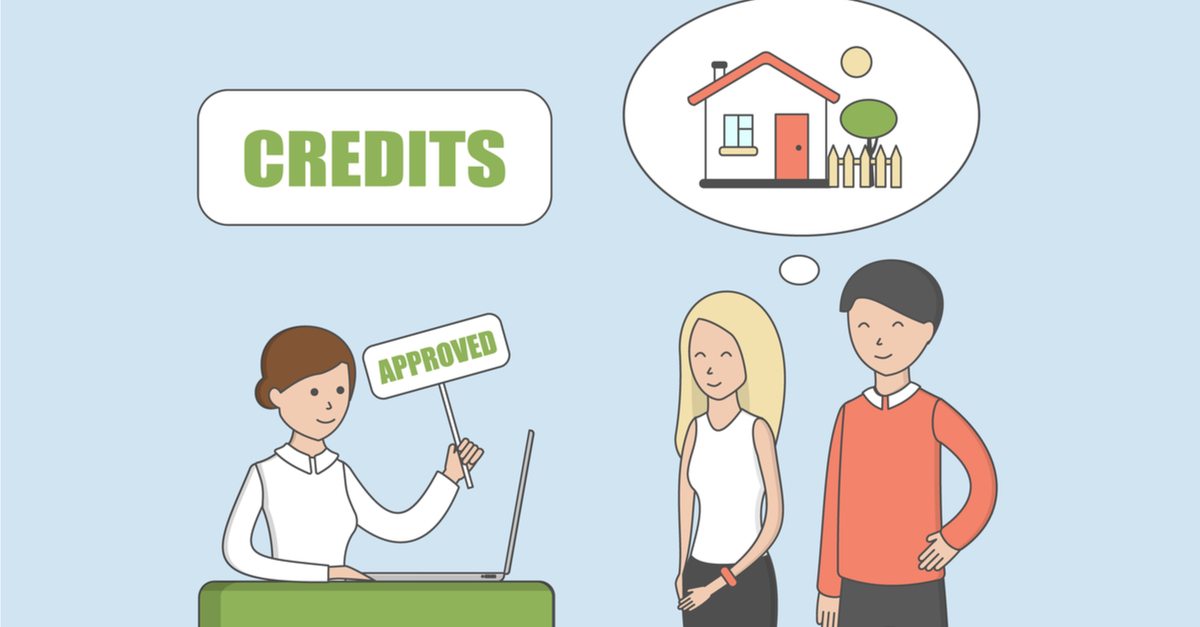
Bankruptcy is designed to eliminate overwhelming debt and reset your finances. One of the most common concerns I hear is: “How long does it take to get my credit back after my bankruptcy or consumer proposal is over?” There are two answers to this question. How long bankruptcy will remain on your credit report and what you can do to rebuild your credit.
Table of Contents
How long does bankruptcy remain on your credit report?
Your credit report will have a record of your bankruptcy for a minimum of six years after you are discharged; a consumer proposal remains on your credit report for a maximum of three years after you have completed all of your payments.
This means that if you apply for a loan or credit card during these time periods, the lender will know that you went bankrupt or filed a proposal, which may make it more difficult to borrow for a period of time.
However this does not mean you have to wait out this period to begin to rebuild credit.
Rebuilding credit after bankruptcy or consumer proposal
Your credit report is only one factor in your ability to borrow. Other factors include:
- your income,
- whether you have a co-signor,
- the amount of your down payment, and
- if you have assets that can secure the loan.
If you can demonstrate that you have learned how to handle money, you will repair your credit relatively quickly.
Build Some Savings
My advice is to start saving money. A bankruptcy or consumer proposal generally results in much lower monthly payment than those you were making against your debts before you filed. Clients often find that they can begin the process of saving money immediately after filing because their budget improves significantly after filing a bankruptcy or consumer proposal.
For example, if your minimum debt payments today are costing you close to $1,000 a month, and you can lower that payment to say $300 a month through a consumer proposal you now have extra money left over at the end of the month. Every person’s individual savings amount is different, depending on their debts, income and living expenses, but every client we help finds that their monthly cashflow improves after filing a bankruptcy or consumer proposal.
Having some savings will benefit you in two ways:
- You now have the ability to build an emergency fund. This ensures that you don’t need to rely on credit, especially expensive payday loans, going forward.
- Savings can be used as a down payment on a car, or even for a mortgage on a house.
How quickly you repair your finances after bankruptcy depends on you, and your ability to save money.
Renew Your Credit History
Once your bankruptcy or proposal is over, and you have some savings to use as an emergency fund, consider using some of your savings to get a secured credit card so you can begin the process of re-establishing a new credit history.
Filing a bankruptcy or consumer proposal is like wiping the slate clean and starting over. Using a secured credit card wisely shows lenders a whole new, and better, credit history. Here’s how this works:
- You have a credit available of say $500 to $1000 based on the amount you’ve put on deposit for your secured credit card.
- You have borrowing against this credit limit when you charge small amounts on your credit card. This gives you a credit utilization rate which the banks like to see. Try not to keep the card maxed out every month, however, as this is not good for your credit score.
- You show you can handle credit when you pay off your balances in full each and every month since this gives you a good payment history.
Take some time to rebuild your credit with your new secured credit card. After a period of time you can consider applying for another small term loan or RRSP loan. You may find you will be approved although initially your rate may be higher. Again, if you make all your payments on time you should see continual improvement in your credit score.
Filing a bankruptcy or a consumer proposal to deal with overwhelming debt really is the first step in rebuilding poor credit. Find out how. Talk to a Hoyes, Michalos bankruptcy trustee today.





